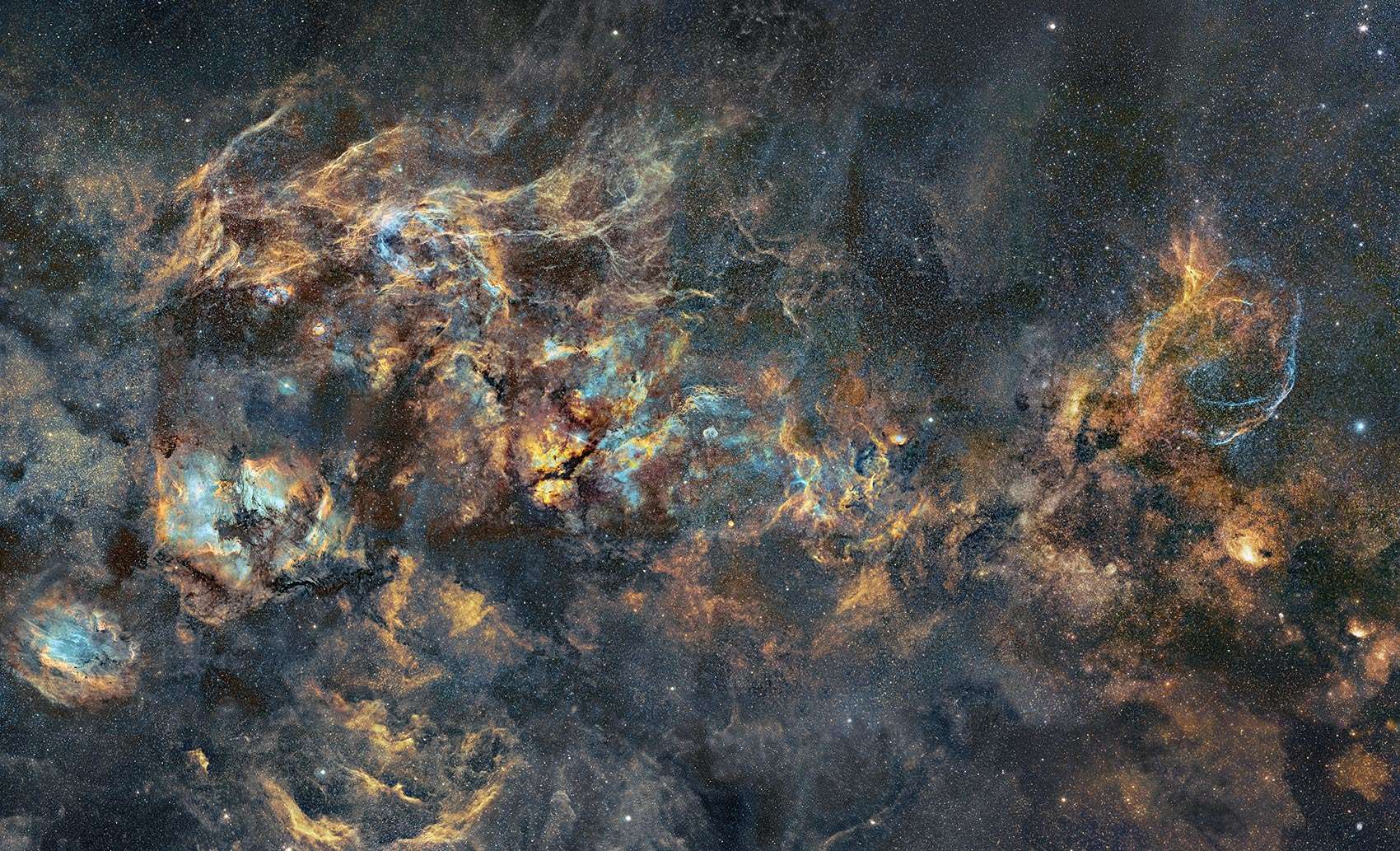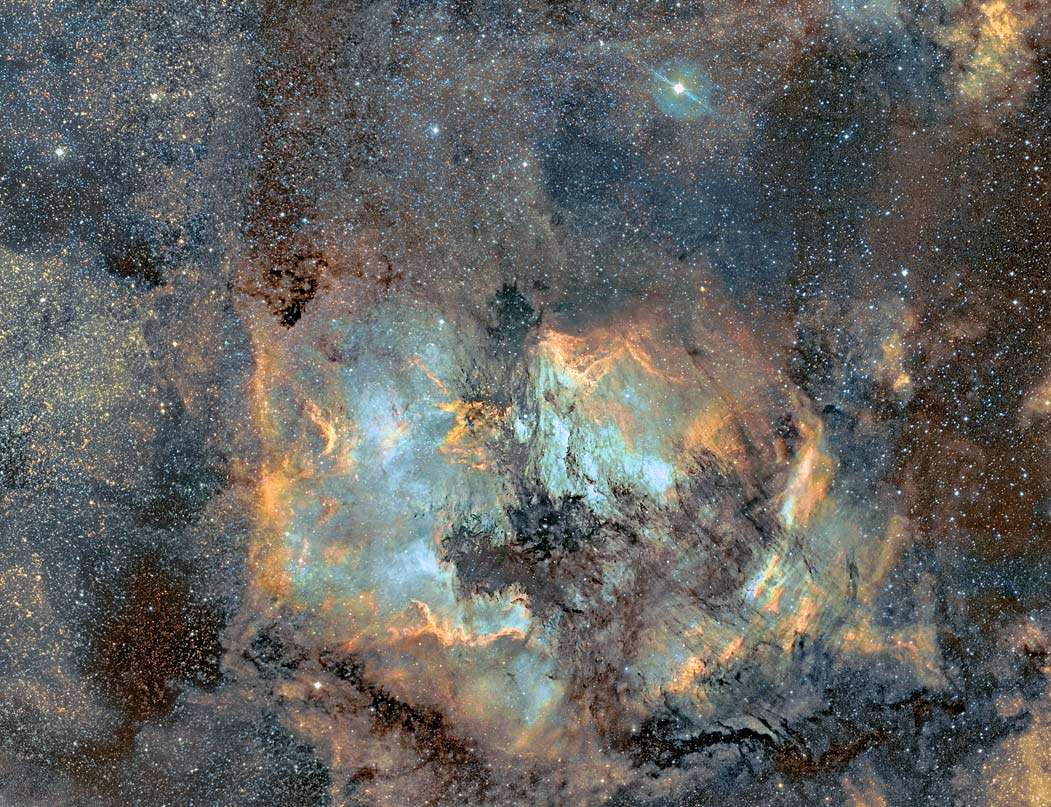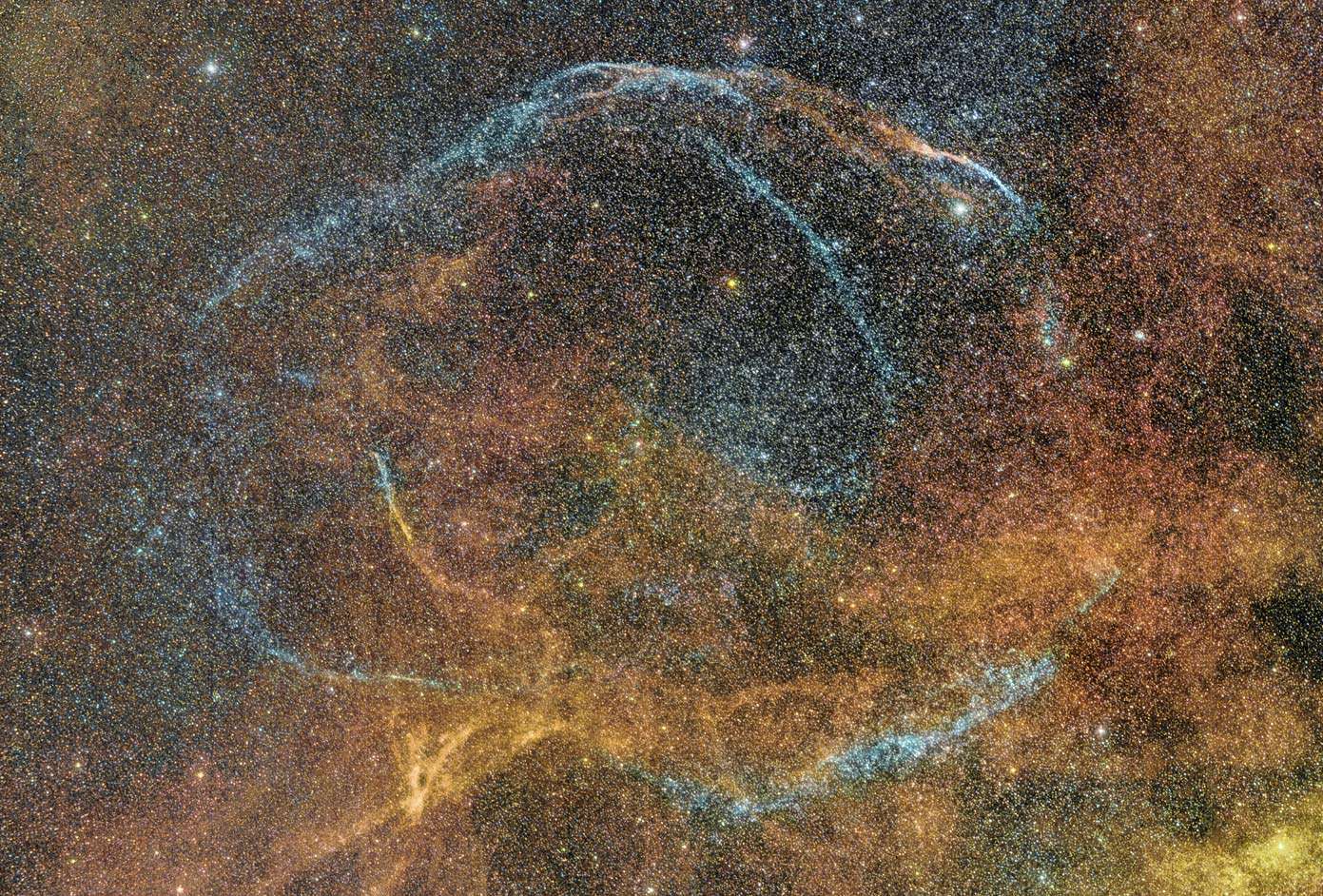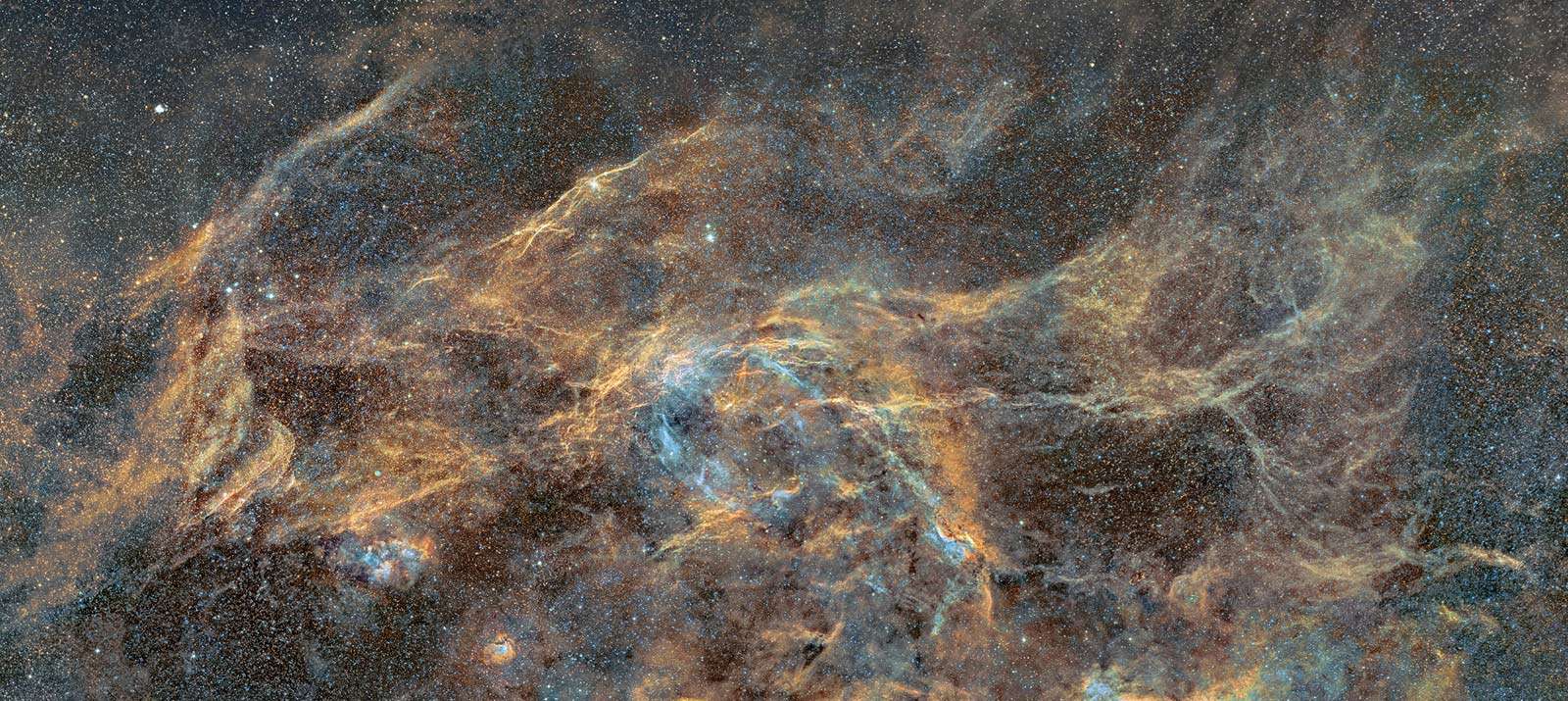Create a free profile to get unlimited access to exclusive videos, sweepstakes, and more!
A deep, deep photographic dive into the Cygnus the Swan

If you live in the northern hemisphere (or northern parts of the southern hemisphere) and go outside in late June or early July after the sky gets dark, you can see the Milky Way rising in the east. As it gets higher, you may notice a curious configuration of stars, like a huge cross-shape made of five stars.
This is nicknamed the Northern Cross, but officially it's Cygnus, the Swan. It's a decent-sized constellation, and because of its location along the Milky Way it boasts bright stars and a plethora of gas clouds called nebulae (not to be confused with the cloudy fuzziness of the Milky Way itself, the combined glow of millions of stars too faint to be individually distinguishable).
I was just out in dark skies myself, and when Cygnus cleared the trees around 11:00 p.m. it was magnificent. The Milky Way running through it was just stunning.
But it was nothing — nothing — like this.
Holy anatidae!
This image is by Finnish astrophotographer J-P Metsavainio, and is a staggering achievement: It is comprised of over 600 hours of total exposures taken over 2010 - 2020, a mosaic of over 500 square degrees of sky. 50 full Moons could fit across it lengthwise!
He accomplished this with a variety of equipment, including telescopes to zoom in on detailed nebulae as well as telephoto-equipped cameras to get a wider field.
I had to shrink and compress it criminally to get it to fit on the blog without choking our servers; but you can go grab the huge 17.5 Mb 4745 × 2990 pixel version if you'd like. It's oh so worth your time.
The colors are a little unusual. Our eyes see broad ranges of colors covering the red, green, and blue part of the spectrum. But gas clouds in space tend to emit light at very specific wavelengths, like narrow slices of these broader colors. Metsavainio used narrow-color filters to pick out the light from atoms of sulfur (displayed as red), hydrogen (green), and oxygen (blue) for this image. In reality hydrogen emits in red and oxygen in green, but in real reality we don't see in narrow colors anyway, so what anyone chooses to display is a semi-artistic choice, and I'm OK with this one.
Especially when it looks like this.
He notes that the nebulae in the top half of the image resemble a Chinese dragon, and he made a cute video showing that.
The field is so dense it's hard to know what's what. Metsavainio posted an image with the constellation traced out as well as highlighting many amazing objects in the shot. I'd like to point out a couple.
In the center left of the big mosaic is the brightest star in Cygnus, Deneb. It's a beast: An A-type supergiant star with about 20 times the Sun's mass and 200,000 times its luminosity; despite being 2,000 or so light years away it's still one of the brightest stars in the sky.
Just below it is a complex of gas and dust formally called NGC 7000, but if you tilt your head to the left a little and look at it, you can see why it got its nickname of the North American Nebula: The dark bay is the Gulf of Mexico, and you can trace Florida, the gulf states, and even Mexico around it, as well as a fuzzy outline of the United States. It's bright enough to see by binoculars in dark sites, though I've only ever gotten a glimpse of it. Of course, in a 600-hour exposure it does rather stand out.
At the other end of the constellation is a huge roughly circular filamentary structure called SNR G65.3+5.7, the expanding debris from a supernova that happened long ago, perhaps more than 25,000 years in the past. The oxygen blasted out by the exploding star still glows, and is merging with the material surrounding it in the galaxy. Another very deep and higher resolution image of it shows incredible detail.
There's also just stuff out there in space, gas and dust floating between the stars, looking wispy and feathery enough that astronomers refer to it as cirrus. This image, centered just above and to the right of Deneb (opposite NGC 7000 from the star) is a fine example of it. It's loaded with sulfur and hydrogen, with a smattering of oxygen here and there. The blue circular feature in the middle is another supernova remnant, called W63. It's probably over 5,000 light years from us, and over 13,000 years old.
I'll let you find other objects in there; plenty are to be had. The annotated version helps a lot, and you can look up the objects online as well.
Cygnus is one of my favorite constellations. Besides the bright Milky Way and Deneb, the head of the swan is Albireo, a favorite star, and one I've observed and written about many times.
But now I have a new reason to love this amazing patch of sky, too. It's beautiful, yes, but also has depth and treasures completely invisible to the naked eye. Unless you have an expert astrophotographer like Metsavainio to show you what's there.





























